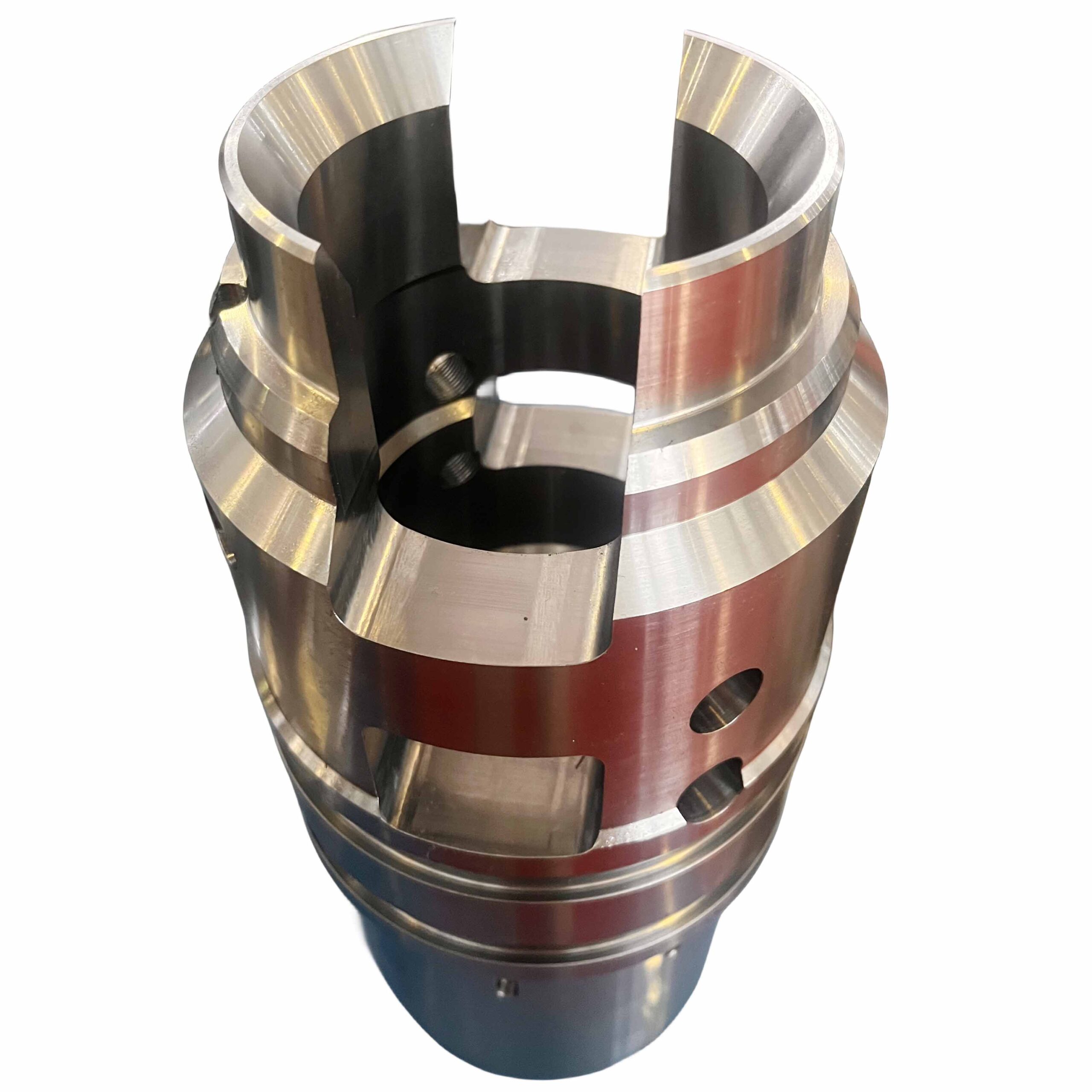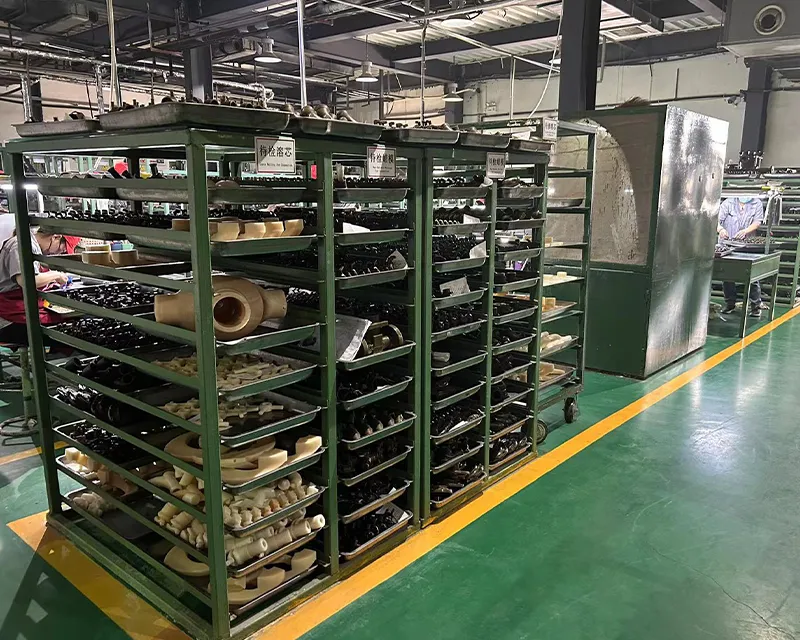Selecting between thread milling and tapping depends on various factors. The decision should be based on the specific needs of your machining application. Generally, it is best to use tapping when you need to make multiple holes with little variations in size. Some key considerations to help you weigh the two options are: speed, power, size, tool life, flexibility, thread fit, thread quality, blind holes, and chip control.
For example, tapping generally offers a slight speed advantage over thread milling. For typical workpiece materials and thread depths, tapping can be faster, taking around 4–5 seconds to create a 1/4″-20 thread, while thread milling may take roughly twice that time. However, for large production quantities, thread milling can become more efficient. Taps also require substantial torque, especially when dealing with larger threads. Machining centers, particularly those with geared heads, are needed for threads beyond approximately 3/4″ in diameter. In contrast, thread milling has no inherent size limitations and can handle various thread sizes effortlessly.
Thread milling’s versatility can be limited by extremely tiny threads, such as those found in wristwatches and certain medical devices. If these miniature threads extend beyond a few diameters, taps might be the preferred choice due to their wider availability. Thread milling also has the advantage of longer tool life, thanks to the use of carbide tools compared to most taps, which are made of high-speed steel (HSS). When taps wear and break inside a hole, workpiece damage or scrapping is more likely. Thread mills are more predictable, making it more likely to salvage the workpiece if breakage occurs during operation. Taps can also only create threads based on manufacturer specifications, requiring a different tap for each variation in thread size and pitch. Whereas, thread milling offers the flexibility to adjust thread size and pitch through CNC machine tool programming.
How do Thread Milling and Tapping Differ in the Cutting Process?
The primary distinction between tapping and thread milling lies in their approach to creating threads. Tapping employs a tap specifically designed to cut a predetermined thread, while thread milling relies on the controlled movement of the tool to define the thread. Consequently, tapping is exclusively used to cut threads on the inner surface, whereas a thread milling cutter can be employed for both inner and outer surface threading.
What Is the Accuracy of Thread Milling?
The accuracy of thread milling is typically quite high. Thread milling allows for precise control over thread dimensions and profiles, making it well-suited for applications that require tight tolerances and accurate threads. The CNC machines equipped with thread milling cutters can provide consistent and accurate results, ensuring that threads meet the desired specifications.
What Is the Size of the Thread Mill?
The size of a thread mill can vary widely depending on the specific application and requirements. Thread mills come in various sizes to accommodate different thread dimensions and hole sizes. They can range from small, compact thread mills for threading small holes to larger, more robust thread mills for machining larger threads. The size of the thread mill is typically determined by factors such as the thread pitch, diameter, and depth, as well as the material being machined and the machine’s capabilities.
How do Thread Milling and Tapping Differ in Applications?
Thread milling is particularly suited for machining thin-walled parts, asymmetric or non-rotating components, and materials that generate high cutting forces, where chip evacuation might be problematic. It also excels in reducing tool inventory, accommodating unstable component setups, and customizing threads. Furthermore, it efficiently handles large threaded holes. In contrast, tapping shines when speed is of the essence, standard thread sizes are required, and deep threads need to be produced, especially in tougher materials. Tapping is also economical for small threads like those in wristwatches and medical devices. The choice between thread milling and tapping depends on specific application requirements and considerations.
How Flexible Are Thread Milling and Tapping?
Thread milling shines in terms of flexibility. When dealing with tapped threads that fall out of tolerance, the usual solution is to acquire a different “H-size” tap with minor size adjustments available in increments of 0.0005″ larger or smaller. Thread milling simplifies this process by allowing for straightforward offset adjustment to bring threads back to specification, eliminating the need for multiple tap sizes. Moreover, traditional taps are designed to produce a single size and type of thread and often feature material-specific geometries. In contrast, thread mills excel in versatility. A full-profile 16-pitch thread mill can effectively cut any 16-pitch thread, and the same principle applies to 20-pitch thread mills and so on, as long as the thread fits within the hole dimensions. Single-plane thread mills can accommodate a wide range of thread sizes and pitches simply by modifying the machining program. This adaptability makes thread milling an excellent choice when precision, customization, and efficient thread adjustments are essential.
What Is the Typical Life Span of Thread Mills and Taps?
The life span of thread mills and taps in manufacturing can vary depending on several key factors. In general, thread mills tend to have a longer life span compared to taps. High-quality thread mills, often made of durable materials like carbide, can last for thousands of holes or more before requiring replacement. Proper maintenance, such as keeping the tool clean and well-maintained, can further extend their lifespan. On the other hand, taps have a comparatively shorter life span. The longevity of taps depends on factors like their material (e.g., high-speed steel or carbide), the hardness of the workpiece material, and the specific cutting conditions. Taps may last from several dozen to a few hundred holes before showing signs of wear or reduced cutting performance, particularly in demanding materials like stainless steel or hardened steel. Regular monitoring of tool condition and adherence to recommended cutting speeds, feeds, and lubrication practices are essential to maximizing the life span of both thread mills and taps in manufacturing operations.
Are Thread Milling and Tapping Common Methods Used in Milling Processes?
Yes, both thread milling and tapping are common methods used in milling processes. These methods provide precision and reliability in producing threads for fasteners, components, and various parts. Thread milling is known for its versatility and ability to create a wide range of threads, offering flexibility in manufacturing. Tapping, on the other hand, is favored for its speed and efficiency, making it a practical choice for high-volume production.




